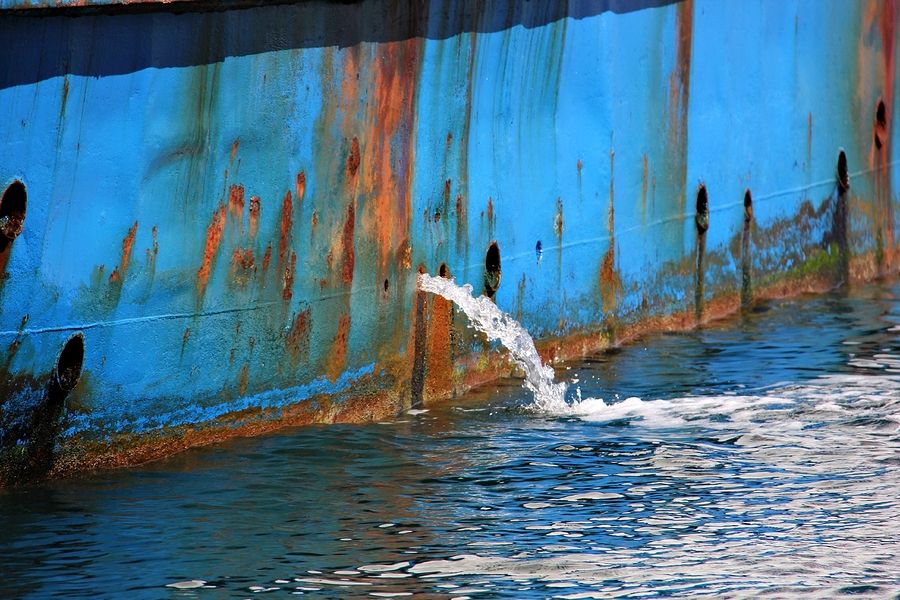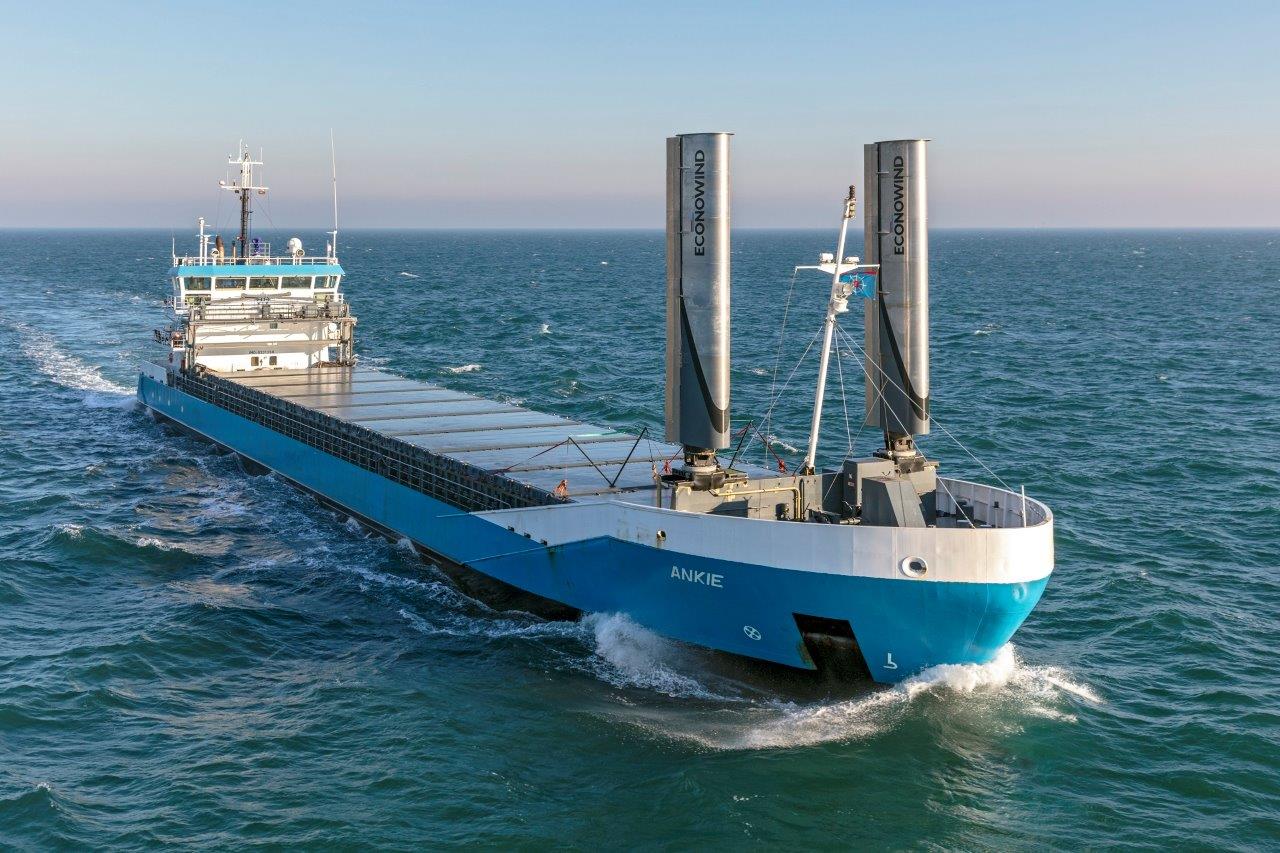There is neither a hero, nor a winner, in the story of ballast water regulations
HAVING been in the making for nearly 30 years, a further two years may not make much difference to the impact of the ballast water convention in stopping the transfer of alien aquatic species. Ballast water issues were first raised in the 1980’s at the IMO. It is a story that seems to be never ending.
Yet the annoyance of the ballast water treatment system makers to a recent compromise over the ballast water convention is perhaps understandable. The technology industry was tasked with coming up with a solution to meet the requirements of a ballast water convention that had no proven solution. When this convention text was agreed in 2004 there was no proven and known way of meeting its requirements.
It was left up to engineering service providers to invest in the required research and development, and to then to put the systems through an approval process that was not directly of their making.
The shipowners of course had to accept the test results when the manufacturers were given type approval, but then it became clear that they were not as robust.
The US subsequently added a little complexity with its own regulations, but also more robust testing protocols. More robust testing has now been agreed and of course a compromise agreement on when owners need to be compliant with existing vessels, that effectively gives owners even more time to choose and install a system.
This is a decision that unsurprisingly has been welcomed by shipowners.
“It was absolutely essential that the committee agreed on one solution at this meeting to ensure certainty for the industry with a single implementation schedule sent to MEPC 72 for adoption,” said Kathi Stanzel, managing director at Intertanko which represents independent tanker owners around the world”
“As such Intertanko welcomes the compromise decision reached. This is consistent with our efforts at MEPC70 and we believe the new implementation schedule of existing ships now allows ballast water manufacturers adequate time to bring revised G8 systems onto the market while also allowing owners to contract with these manufacturers and yards for installation of the systems on existing vessels.”
G8 refers to the guidelines from the IMO on how treatment systems should be type approved ahead of manufacturers putting them on the market.
One of the major concerns with the convention was whether they would be compliant if the systems chosen for vessels subsequently showed themselves to be unreliable and not able to meet the requirements of the convention.
Lost time and investment
SEA Europe, representing equipment makers and yards is however of the opposite view of these developments.
“CESA and SEA Europe have consistently promoted the implementation of the ballast water management convention.”, said Christophe Tytgat, the associations’ Secretary General in a press statement issued last week.
The association is disappointed that arguments used in 2004 over cost, vessel capacity to house systems, and reliability of equipment are still being used in 2017 to delay the process of stop the transfer of invasive species.
“The delay by another two years from 2022 to 2024 – in other words 7 years from today – means that 20 years will pass from the adoption of the convention in 2004 to its full implementation. This is very hard to understand and it is not an encouraging signal for all our members who have been investing a lot of money and energy to do what they were invited to do by the decision-makers”.
When the rules were written, they were made aware to all stakeholders, and SEA Europe points out that equipment makers have lived up to their task.
“The most recent decision to further date the implementation date cannot be read otherwise than to mean that those who have done nothing to reach the goals of the convention, have been given more influence in the process than those who have lived up to the objectives of the convention and those that have invested in the equipment and technologies to put the requirements of the convention in place.
Efforts made by maritime equipment manufacturers and first moving ship owners have obviously not paid off and the investments made by them have visibly not been appreciated, said SEA Europe, even though manufacturers have developed ballast water management systems that had been tested and certified, and that had been installed by first moving shipowners.
However one part of the ballast water regulation has taken hold. Ballast water exchange is where vessels are forced to exchange the ballast water they loaded where they discharged their cargo with water much further out at sea where there is much lower concentration of flora or fauna. Some experts suggest this has had a positive effect, though of course, this is very hard to prove.
EDIT: Following publication of this article Intercargo, the shipping organisation representing dry cargo ship owners contacted Fathom to expain its position to the latest changes to the ballast water requirements
“Shipowners are not against retrofitting treatment systems on all dry bulk carriers, but they want to do it just once, and these systems should be fit for purpose worldwide,” wrote Intercargo secretary-general Kostas Gkonis. “The second point is that BWTS should be operationally proven and efficient; unfortunately most of them are only laboratory proven.”
Fathom-News
































